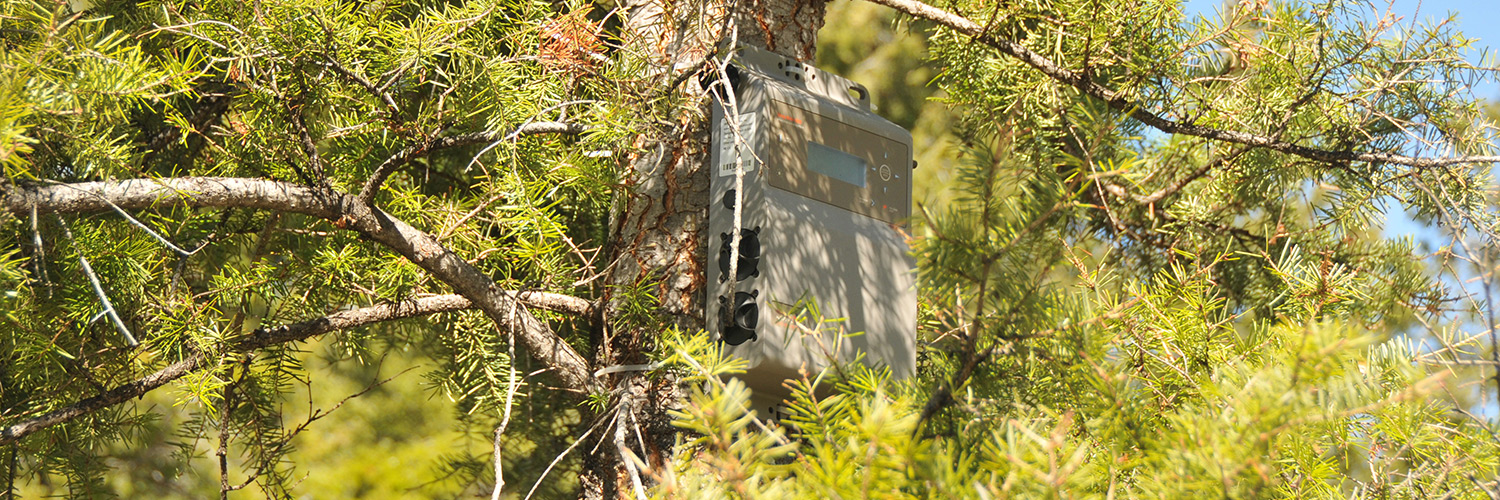Dr. Karen E. Hodges | Professor, Conservation Ecology

Conservation of peripheral populations
Fragmentation or degradation of habitats by human activity reduces the populations of many species, and indeed is one of the major causes of endangerment. As species decline, they frequently are extirpated from parts of their range but retain reasonable populations elsewhere; peripheral populations may be more likely to be retained. I am exploring ways of determining which peripheral populations are most valuable for conservation, and determining whether habitat fragmentation has the same impacts on populations at range edges as it does in range centers. Northern range edges (in the northern hemisphere) may be quite valuable as species expand ranges in response to climate change, but at present we lack good predictive tools for which peripheral populations will expand or contract under current stressors.
To address such questions, I am working in two primary systems. One is the snowshoe hare system, with study areas in fragmented and continuous study areas in various parts of the range. Snowshoe hares are thought to lose their population cycles in peripheral areas. Despite lots of speculation and theory, this pattern is not fully established nor is it known what mechanisms lead to altered dynamics. I am using field and modelling approaches in fragmented and unfragmented areas to examine hare ecology in relation to landscape patterns.
The second system is in the Okanagan region of British Columbia. The habitats represented here comprise some of the northernmost grasslands and sage-steppe ecosystems in the world, and for many species this region contains their northern range edge. Projects here have included work on western painted turtles, Great Basin pocket mice, and yellow-breasted chats.
In addition to wanting to understand the distribution and abundance of populations across these complex landscapes, I am also interested in assessing how individual animals use habitats and the movements they are willing to undertake. I and my students use tools like radio-telemetry, fluorescent powder, and snow-tracking to address behavioural questions.